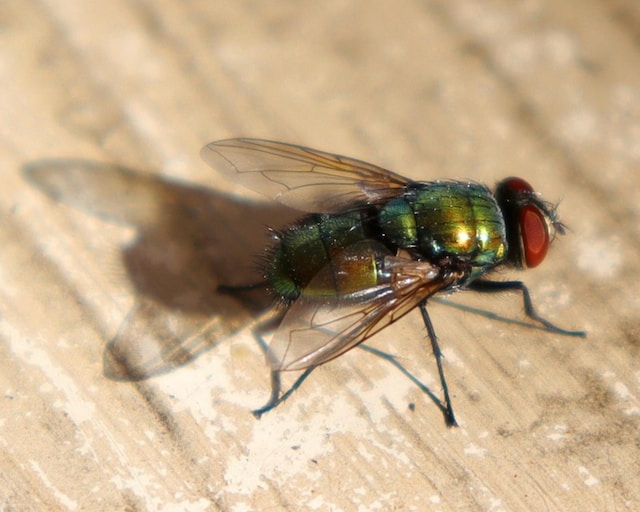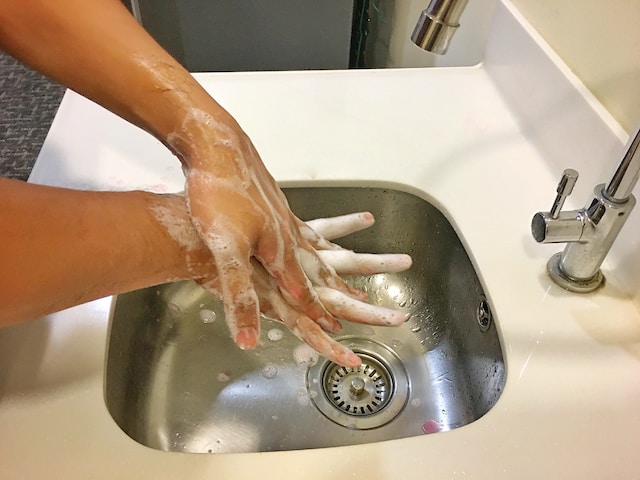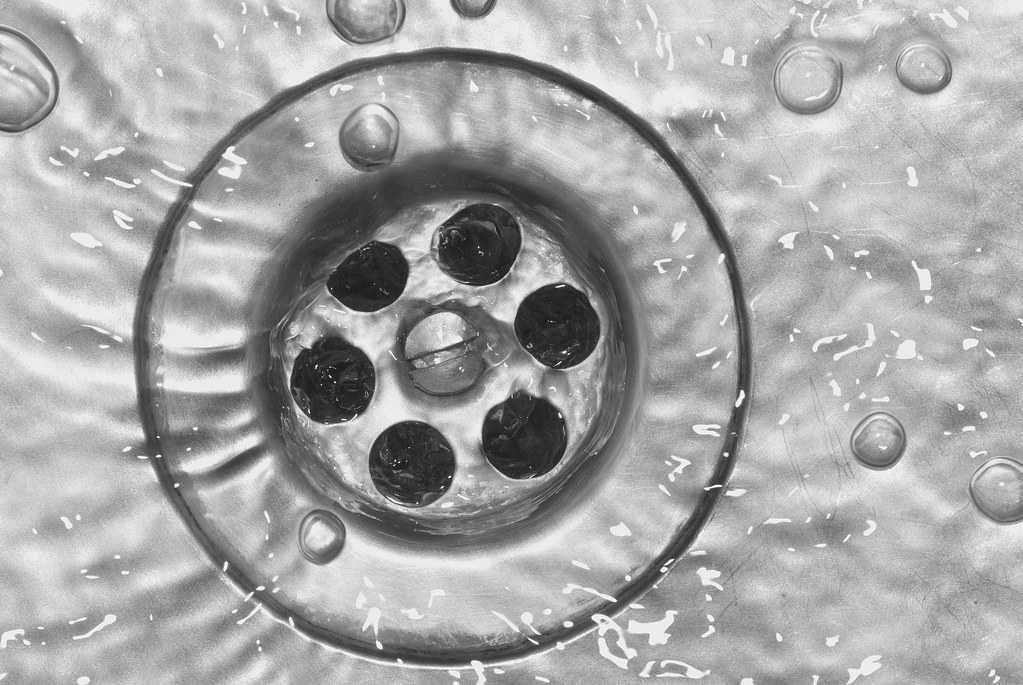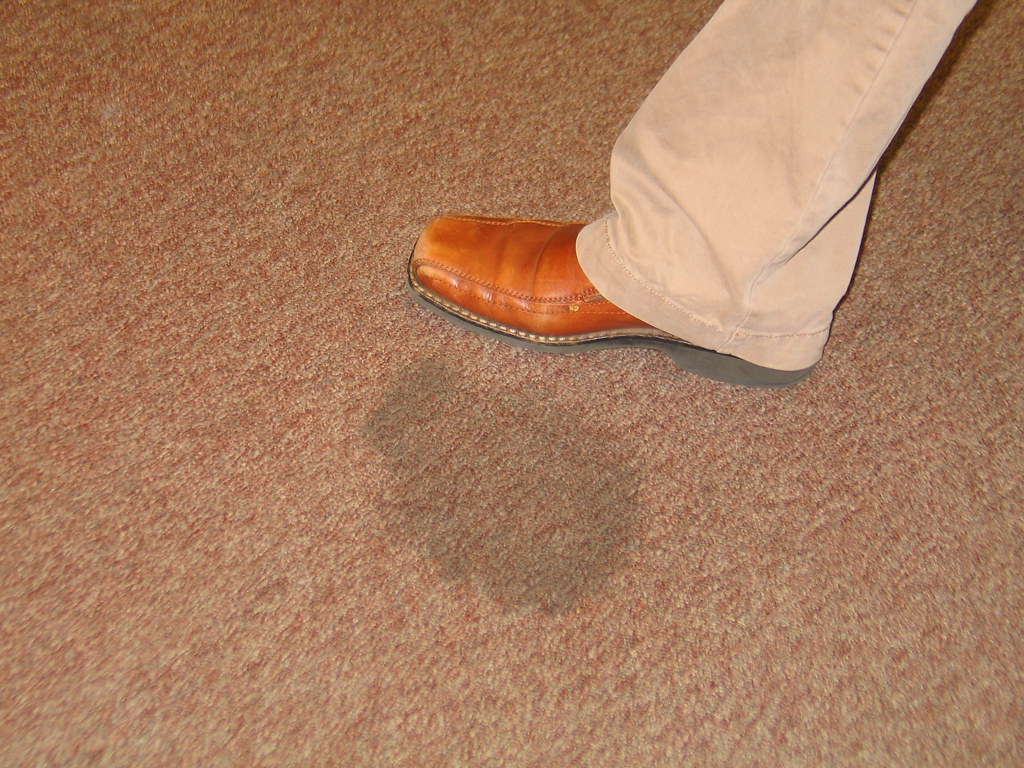Santa Claus has paid a visit to millions of young children around the world this holiday season, bearing gifts that will keep them entertained for hours on end. Busy parents are also happy their kids have new toys they can enjoy and play with.
However, parents need to know that, with use, those toys can become contaminated. One Danish study found that germs and bacteria can live on many plastic and rubber items, including toys, for at least 24 hours. A study by Michigan State University (MSU) goes much further and claims microbes can live on these surfaces for “several weeks.”
This means that if a child plays with their toys and then touches their eyes, nose, or mouth – or touches food they are about to consume – they could risk their health. This risk increases if more than one child plays with the same toy.
As to the type of illness that can be contracted, both the Danish study and the MSU study report that playing with contaminated toys is one of the key ways influenza spreads among young children.
So, what can parents do to keep their children safe, avoid the risk of serious illness, and still allow their kids to enjoy their new toys? Among the steps they can take are the following:
- Read the manufacturer’s instructions regarding cleaning the toy. Unfortunately, this information is not always available.
- Toys made of plastic or rubber should be cleaned using hot water and sanitized frequently. Frequency depends on how often your child plays with the toy. A preferable cleaning/sanitizing schedule is about once per day if the child plays with the toy every day.
- Be aware that in most cases, cleaning and sanitizing are two different things. Cleaning removes soils on the toys; a sanitizer eliminates (kills) most germs on the toy. Cleaning must be performed first, and then the toy must be sanitized.
- To save time – and still eliminate contaminants and effectively protect the health of the child – sanitizers that are citrus-based can be used. For instance, the LEXX® sanitizer is proven effective at killing a wide range of microorganisms and cleans and sanitizes in just one step. Spray the cleaner/sanitizer on the toy and then use a clean cloth to wipe clean.
- Although some manufacturers and organizations may suggest using a disinfectant to eliminate germs and bacteria on toys – even suggesting the use of a bleach-and-water solution – we do not recommend this. Disinfectants contain a number of ingredients that can be potentially harmful to the child if touched, consumed, or inhaled. The same is true of bleach. Further, because these are such powerful solutions, if not properly diluted, they can damage the toy. Once again, a citrus-based sanitizer is recommended, because along with being effective, it is proven safe.
- In some cases, a manufacturer may recommend cleaning and disinfecting plastic or rubber toys by washing them in the dishwasher. This is an effective procedure as long as the rinse water temperature is hot enough, over 130 degrees (F). If the water is not hot enough, germs and bacteria from one surface may be transferred to another, eliminating our goal of protecting the child’s health.
- An alternative to placing plastic or rubber toys in a dishwasher is to submerge them in water in a basin or sink. A citrus-based cleaner/disinfectant can be added to the water; ensure proper dilution by reading the instructions. Avoid adding bleach or traditional chemical sanitizers. Once the toy has been cleaned, wipe it dry and then allow to air dry.
- Never double-dip. If a toy must be cleaned and sanitized again, start over, using fresh water and cleaning solution.
- Many toys can be wiped clean with a fresh cleaning cloth and a citrus-based cleaner/disinfectant. Apply the product to the cloth or directly to the toy to remove all visible soils from the surface of the toys.
Above all, never have a “give and forget” attitude toward children’s toys. Doing so can have potentially serious consequences. Regularly clean and disinfect the toys as described here and check them periodically. If a toy appears to be coming apart, hinges are getting loose, or cracks have developed, replace it. Broken toys can be dangerous.






